General Hospital Number 2 (1930-1959)
Introduction
Author-Uploaded Audio
Listen to an introduction and segments of a 1988 interview of Dr. Samuel Rogers from KCPL's Regional Oral History Project
Text-to-speech Audio
Constructed in 1930 to replace Kansas City's original City Hospital, General Hospital No. 2 served the African American population until the city integrated its public hospital system in 1958. When the hospital was first constructed, this facility was regarded as the finest hospital in the United States to be built specifically for African Americans. The hospital won numerous honors and reflected the political power of Black voters and leaders in the era when the Pendergast Machine controlled the city. In its almost three decades of operation, the hospital served as a training ground for Black physicians and also serves as a source of pride and professional employment. At the same time, General Hospital No. 2 was more than a symbol of segregation, as the city failed to provide equal funding and support, leading to a separate and unequal system of health care in Kansas City. After the city integrated its hospitals, this building was home to the Western Missouri Mental Health Center for many years. The building was demolished in 2003 and as of 2022, there is no historical marker.
Images
General Hospital Number 2 in 1950
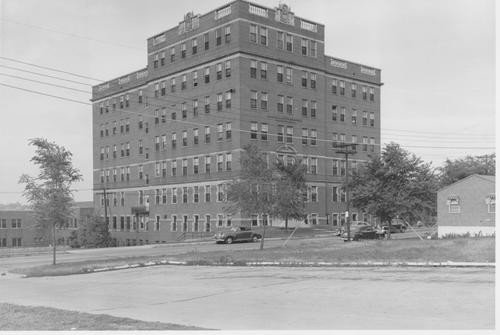
The original General Hospital, after 1909 General Hospital No. 2

The original General Hospital at 22nd and McCoy (Kenwood)
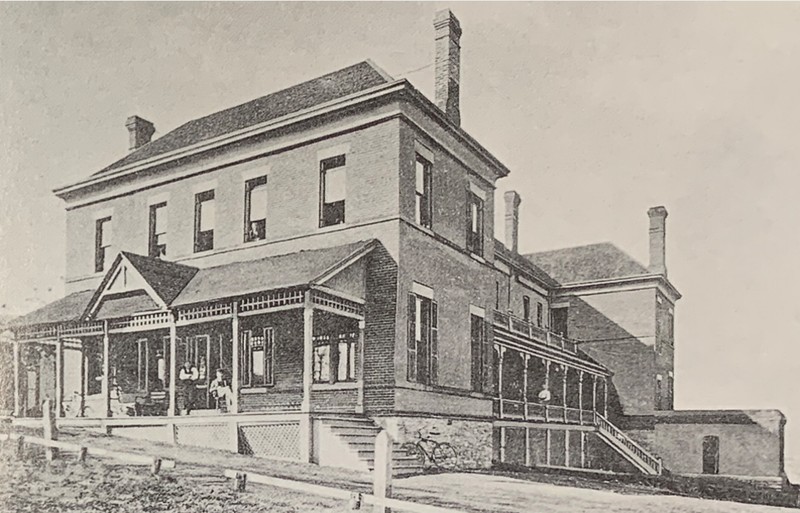
Artist's rendition of the burning of the original City Hospital in 1874
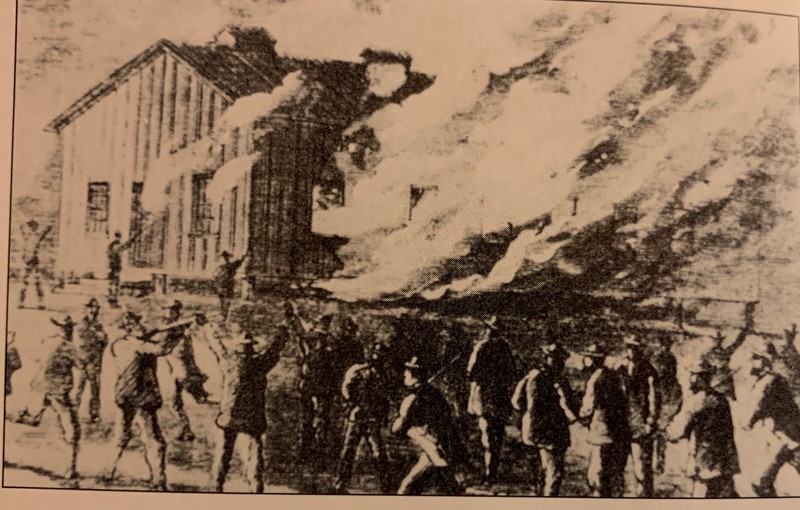
An early ambulance at General Hospital
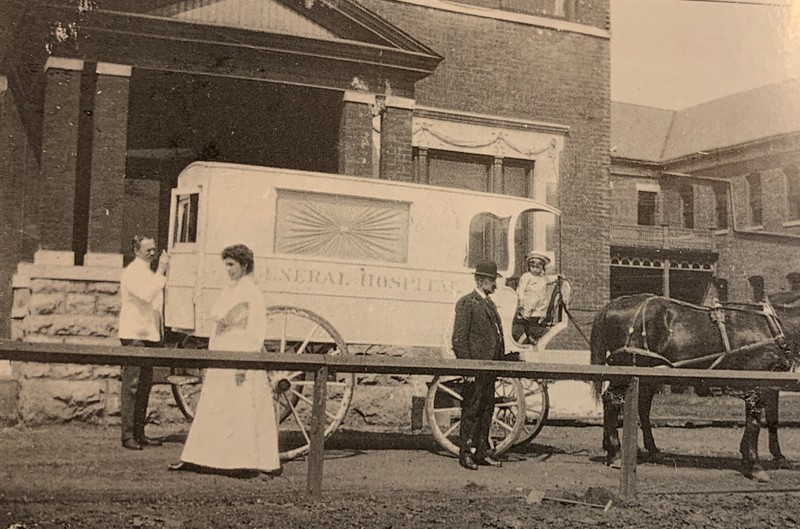
General Hospital No. 2 shortly after its completion in 1930

Hospital Hill in 1950 showing the locations of General Hospitals 1 & 2, Research Hospital and the Florence Home for Colored Girls
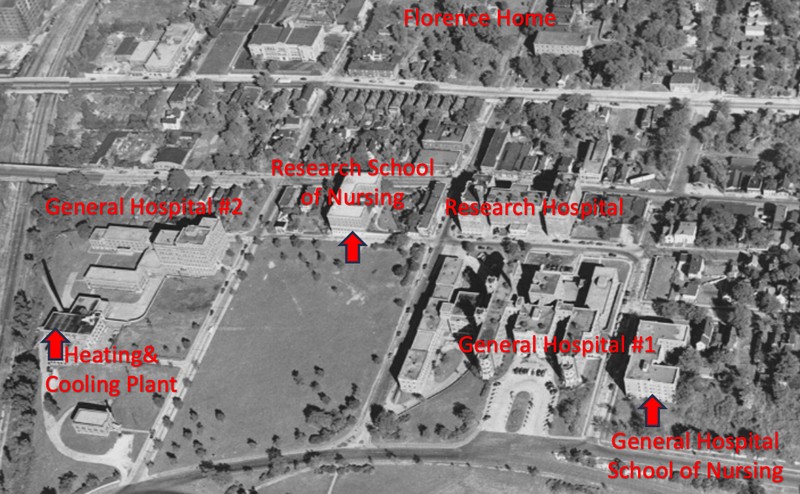
Doctors and staff at General Hospital No. 2 circa 1932
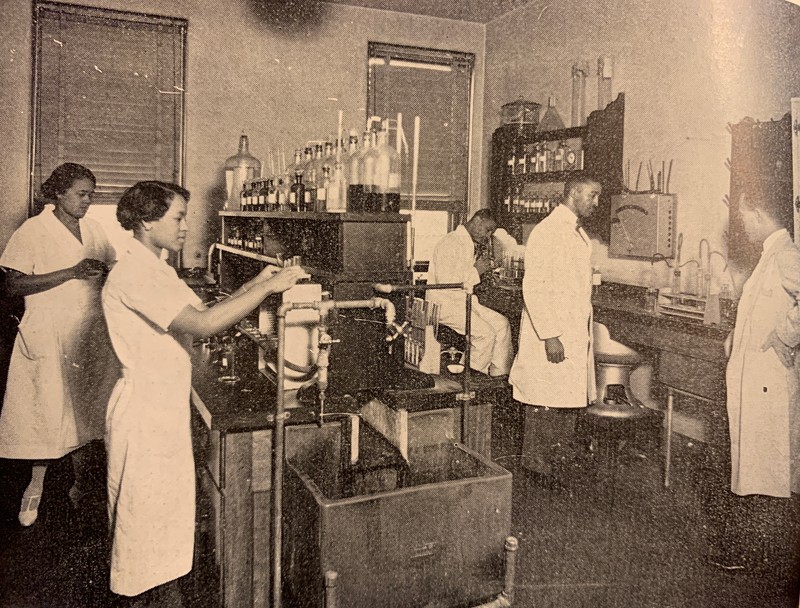
Doctors and staff at General Hospital No. 2 circa 1932
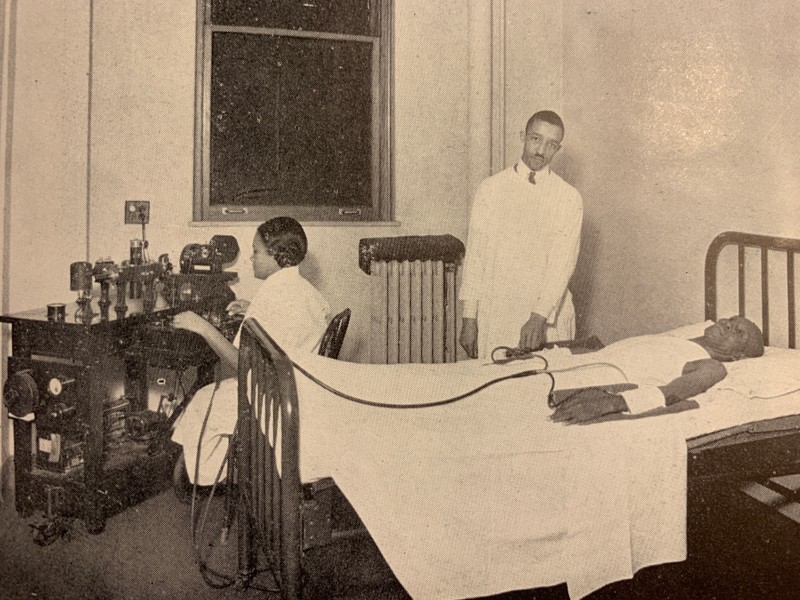
General Hospital No. 2 Maternity Ward circa 1932
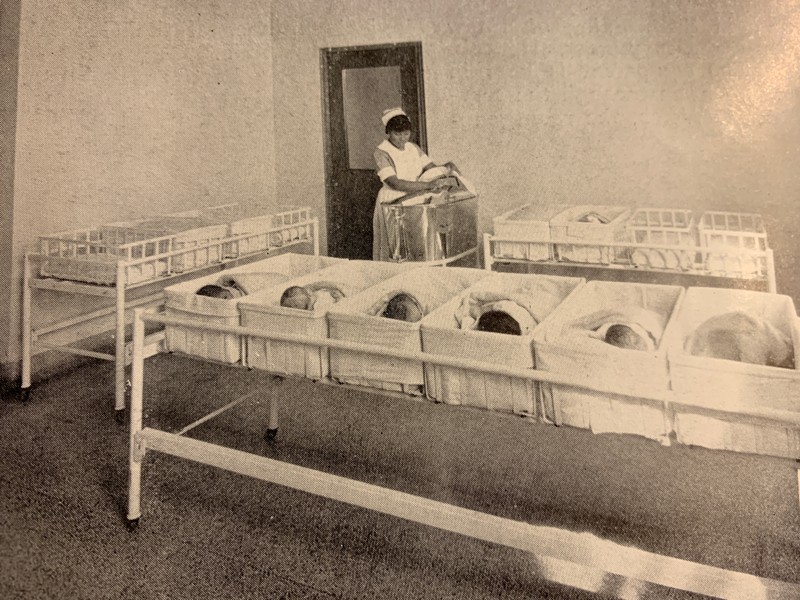
Backstory and Context
Text-to-speech Audio
This is the site of Kansas City's first hospital, known originally as City Hospital. In 1870, the newly formed Kansas City College of Physicians and Surgeons lobbied the city government to take out a bond issue to build the hospital on a bluff overlooking what was then the southernmost part of the city. That bluff became known as the Hospital Hill, a name it retains to this day. The KCCPS' faculty provided the first volunteer staff at the hospital. The original frame structure burned down after only four years and in the decades following, the city rebuilt and expanded what became known as General Hospital several times. "The General" as it was colloquially called, was not segregated and served everyone seeking care.
By 1903, however, the city's population had grown to over 225,000 people and the city limits had been pushed south to 49th st. However, General Hospital, with only 175 beds was woefully inadequate to serve the city's needs. Patients were often crammed two to a bed or placed on cots up and down the hallways. During the 1903 flood, General Hospital could only help a tiny fraction of those in need and the city had to turn the Convention Hall into a makeshift hospital. It was clear that Kansas City needed a new hospital. Therefore, the city government took out a bond for $225,000 and purchased land just south of the current facilities. Kansas City philanthropist Colonel Thomas Swope donated an additional 5 acres adjoining the city land to the south. Here, the city began construction of a new General Hospital at 2315 Locust.
On October 8, 1908, 68 of the 126 patients in the old hospital were moved to new $490,000 facility. The African American patients remained. Thereafter, the old General Hospital facilities, now known as General Hospital No. 2, were reserved for African Americans, who were excluded from the new General Hospital #1. In many ways, Kansas City's African American community took pride in General Hospital No. 2. The hospital's administration, doctors, nurses and staff were all African American. However, the hospital was often plagued by supplies shortages and inadequate hand-me-down equipment. It offered no specialty training programs causing delayed care for patients, who had to wait for specialists from General Hospital No. 1 to find time to see them. The hospital's struggle to find qualified staff was compounded by the patronage system of Kansas City's Pendergast machine, which would often secure hospital jobs for unqualified administrators and staff. Despite all of these challenges, Black doctors across the country regarded General Hospital No. 2 as a premier destination to receive post-graduate training and the hospital's school of nursing provided trained nurses to black hospitals around the country.
In 1927, a fire gutted General Hospital No. 2. The city approved a plan for a new hospital for Kansas City's African American population, at first choosing a location at 27th and Michigan Ave. However, after an outcry from that area's white residents, the city decided to rebuild it in its current location. The city had taken out a $1.2 million hospital improvement bond in 1925, and funds were now set aside for the construction of a new General Hospital No. 2. The new facility, opened in April, 1930 was 8 stories high and was furnished with the most modern equipment. The hospital had an emergency room, outpatient clinic, maternity ward, children's ward and psychiatric ward. The doctors and school of nursing finally had ample office and classroom space. The Kansas City Call newspaper proclaimed it "the most modern public hospital in the country."
However, it was soon plagued by the old problems of underfunding by the city and overcrowding. Moreover, Kansas City's segregated hospitals placed an increasing burden on the city's budget. In 1954, the city budget office recommended merging the two hospitals and closing General Hospital No. 2. The staffs at both hospitals balked at the idea, with employees at General Hospital #1 not wanting to work with African Americans and the employees of General Hospital No. 2 fearing they would lose their jobs. The city promised that no one would lose their job as a result of the proposed merger.
In 1958, the city council voted to desegregate General Hospital No. 1 and merge two hospitals. Over the course of the next year the nursing schools were combined and the patients and staff of General Hospital No. 2 were integrated into what was now known simply as General Hospital. By 1959, Kansas City's segregated hospital system was no more. The integration of staff went as smoothly as could be expected as the new colleagues recognized their shared goals of providing care to those in need.
The General Hospital No. 2 building became home to the Western Missouri Mental Health Center. However, when they moved to a new facility on Troost in 2002, the city decided to demolish the old General Hospital No.2, much against the wishes of many, who wanted to see it preserved as an historic structure. It was torn down in 2003. Today it is the location of Children's Mercy Hospital's Don Chisholm Building.
Sources
Rodgers, Samuel U., M.D. “Kansas City General Hospital No. 2: A Historical Summary.” Journal of the National Medical Association 54, no. 5 (September 1962). 525-639.
Jason, Roe. "As Good as Money Could Buy, Kansas City's Black Public Hospital" pages 196-215, Wide-Open Town Kansas City in the Pendergast Era, Edited by Diane Mutti Burke, Jason Roe, and John Herron.. Lawrence, KS. University Press of Kansas, 2008.
Wells, Michael. A tale of two hospitals: KCQ investigates the end of Kansas City's segregated hospital system. KCQ: Kansas City Public Library https://kchistory.org/blog/tale-two-hospitals-kcq-investigates-end-kansas-citys-segregated-hospital-system. February 25th 2022.
Bradford, Dr. Clyde Reed. History of Kansas City General Hospital Colored Division. Jackson County Medical Journal, vol. XXVI, no. 406 - 19. Published October 8th, 1932.
History of Kansas City General Hospital. Jackson County Medical Journal, vol. XXVI, no. 409 - 26. Published October 1st, 1932.
Soward, James L.. Hospital Hill: An Illustrated Account of Public Healthcare Institutions in Kansas City, Missouri. Kansas City, Mo.. Truman Medical Center Charitable Foundation, 1995.
Kansas City Public Library, General Collection (P1), Hospitals--General, Number 6 https://kchistory.org/image/general-hospital-no-2
Feb 1930, The Kansas City Call newspaper, p. 1
History of Kansas City General Hospital. Jackson County Medical Journal, vol. XXVI, no. 409 - 26. Published October 1st, 1932.
Soward, James L.. Hospital Hill: An Illustrated Account of Public Healthcare Institutions in Kansas City, Missouri. Kansas City, Mo.. Truman Medical Center Charitable Foundation, 1995.
Soward, James L.. Hospital Hill: An Illustrated Account of Public Healthcare Institutions in Kansas City, Missouri. Kansas City, Mo.. Truman Medical Center Charitable Foundation, 1995.
Soward, James L.. Hospital Hill: An Illustrated Account of Public Healthcare Institutions in Kansas City, Missouri. Kansas City, Mo.. Truman Medical Center Charitable Foundation, 1995.
Kansas City Public Library, Missouri Valley Collection photo, accessed online 1/1/2025, https://kchistory.org/image/hospital-hill-view?solr_nav%5Bid%5D=886756dcdfde1c1f0a63&solr_nav%5Bpage%5D=0&solr_nav%5Boffset%5D=4
Bradford, Dr. Clyde Reed. History of Kansas City General Hospital Colored Division. Jackson County Medical Journal, vol. XXVI, no. 406 - 19. Published October 8th, 1932.
Bradford, Dr. Clyde Reed. History of Kansas City General Hospital Colored Division. Jackson County Medical Journal, vol. XXVI, no. 406 - 19. Published October 8th, 1932.
Bradford, Dr. Clyde Reed. History of Kansas City General Hospital Colored Division. Jackson County Medical Journal, vol. XXVI, no. 406 - 19. Published October 8th, 1932.
